So I’ve decided to write a series of posts about cloth diapering. Each post will cover a few cloth diapering topics in relation to what I’ve learned and my personal experience. I’ll also share interesting links and resources that I’ve found helpful along the way. As always I welcome your comments and experience too. Enjoy!
Why cloth diaper?
1) The help the environment
2) The chemicals: Chemicals in Disposable Diapers
3) The money On average it costs $3500 in disposable diapers per child from birth to potty training. This does not include the cost of baby wipes, diaper genie refills and other accessories. Also consider adding the cost of swim diapers and pulls ups which are close to $1 a piece. The investment required to purchase a modest supply of brand new cloth diapers and accessories is about $500. This investment can be significantly lower by purchasing used diapers, pre-folds and minimizing the fancy accessories. Consider the savings you would realize if you planned to cloth diaper multiple children while also keeping in mind the resale value.
4) It’s fun! Cloth diapering can be fun and addictive! (There goes those cost savings) They come in fun colors and prints and it can be enjoyable to experiment and try new combinations of inserts and diapers. Not to mention how supportive and accessible the cloth diapering community is!
Things to consider
- Commitment – Cloth diapering requires commitment. When you are ready to begin you might find yourself feeling a little overwhelmed and once you do get started you might get frustrated with finding the right fit or dealing with diaper leaks. For me there was a stage of trial and error while I determined my brand preferences and experimented with the combination of inserts required to meet my changing diapering needs. Allow yourself some time to figure out your routine and build confidence. Before long it will become second nature.
- Washing – Cloth diapers are essentially poop catchers! Anything that catches poop on a daily basis is going to be stained so if you think your diapers are going to look as good as they do in the baby boutique after a few months use, forget about it! Stained does not mean dirty. I would eat breakfast off my sons freshly washed diapers…that happen to be painted lovely shades of yellow, orange and brown! There are of course methods to lessen the stains which I’ll talk about more in another posting in this series. Unless you hire a diaper service, washing the diapers is all part of the gig. It would be most convenient if you had access to a washer and dryer and if not, you might want to plan ahead as to how you will overcome this step. How often you wash depends on how many diapers you have and your tolerance for dirty diapers stacking up in the nursery. We wash every 3 days and have never had any issues with smell or running short on our supply.
- Support – There is no shortage of people who will turn their nose up at the thought of cloth diapering. Some will complain about the extra work, the thought of dealing with poop or express how they can’t wait to see how long it takes you to fail. Seriously? Most of these people were cloth diapered themselves and many are completely oblivious to the modern-day advancements in cloth diapering. Regardless, it’s a decision you make for you and your family but be prepared to deal with the critics. I found it helpful to get tips and feedback from friends who have cloth diapered and join online community forums. Having support was essential to me.
Types of cloth diapers (lowest to highest in cost)
Prefolds or flats – Despite the misleading name, prefolds are pieces of absorbent fabric that need to be folded to create a diaper. They come in a variety of fabrics, weaves, thickness and sizes. They can be held onto the baby using diaper pins or a nifty device called a Snappi. A wet pant or diaper cover is required to create a waterproof shell. Sometimes prefolds are used as inserts inside other types of diapers. Although cross marketed, flats have the same level of thickness throughout where prefolds have extra layers in the middle. The major benefit to using prefolds is that they are cost efficient, durable and can be folded to custom fit any size or shape baby.
Popular brands: Cloth-eez GMD, Econo-bum, Bummis, Thirsties
Fitted or contours – Fitteds are structured diapers made of absorbent material with elastic built into the legs and waist. They fasten around the baby’s waist with built-in Velcro or snaps. A wet pant or diaper cover is required to create a waterproof shell. These are a popular choice for newborns.
Popular brands: Kissaluvs, Sugar peas, mother ease
Pockets – Pocket diapers are structured diapers with elastic around the legs and waist that fasten with built-in Velcro or snaps. They typically have an outer waterproof layer and inner fabric pocket. The pocket is stuffed with inserts made of absorbent material so there is preparation required, however; the major benefit is customized absorbancy. The outer pocket is usually made of a moisture wicking material that sits against the baby’s skin to help them feel dry and comfortable.
Popular brands: Bum Genius 4.0, Fuzzi buns, Thirsties, Happy Heinys, apple cheeks
all-in-one (aio) – Offering simplicity and convenience, all-in-one diapers are perfect for babysitters, daycare or grandma. There is no stuffing, folding or preparation required so they are as easy to put on and take off as a disposable. They are structured diapers with elastic around the legs and waist, a snap or Velcro closure and have an outer waterproof layer with absorbent layers of fabric built right in. Some brands offer a built-in stay dry layer. The downfall to this type of diaper is increased drying time since everything is sewn right in.
Popular brands: Bum Genius Elemental or Freetime, Grovia, Berryplush
Hybrid or all-in-two (ai2) – Hybrids are diapering systems that offer a ton of options. The structured outer waterproof shell has elastic around the legs and the waist and can adhere with snaps or Velcro. Absorbent inserts can lay or snap into the shell and be switched while reusing the shell until it becomes soiled. The outer shell may also be used as a waterproof diaper cover for fitted or prefolds and brands that have a mesh lining may be used as a swim diaper. If you think that’s versatile, you also have the option to purchase disposable (but biodegradable) inserts that you can use interchangeably with the cloth inserts. I love this option for when we are out and about. I can easily discard the soiled insert so I don’t have to carry around a dirty diaper.
Popular brands: Bum Genius Flip, Grovia, G-diapers
Sizes
Prefolds or flats can be purchased with various dimensions and depending on how they are folded, can be adjusted for a custom fit on your baby. The other types of diapers may come in sizes (small, medium, large) or have a one size option. One size diapers typically have rows of snaps that allow you to adjust the rise of the diaper and accommodate any waist size with overlapping Velcro or snaps. Some brands even have adjustable elastics around the waist and leg holes.
Depending on the brand, one size diapers can be worn from about 12 pounds until potty training so you don’t have to invest in as many diapers as you would with the sized options. Using the same diapers over and over will lead to more wear and tear although, many brands offer refresh kits so you can repair loosened elastics around the waist and legs. Sized diapers may require more of an investment to get a good selection in each size but each diaper will be worn less so could potentially withstand multiple kids without the need for repair.
Inserts, liners & boosters
Inserts – Inserts are made of absorbent fabrics or blends and go inside pocket and hybrid diapers. Prefolds or flats are sometimes used as an inserts inside other types of diapers. The level of absorbancy varies with the type of fabric. All natural fiber inserts need to be washed 3-5 times prior to use to activate their absorbancy and will reach their maximum absorbancy after 8-10 washes. Natural fibers absorb more than synthetic and the more absorbent the fabric, the heavier it will seem when saturated and the longer it will take to dry. The most popular and readily available insert fabrics in order of absorbency and cost (low to high) are:
Micro-terry – Synthetic insert with thin and light weight absorbancy. Since it can’t go directly against the skin it is ideal for pocket diapers. Although a favorite for day time diapering, micro-terry might not fit the bill for heavy wetters or night time diapering. It may also require extra care such as stripping because it is prone to the stinkies.
Organic cotton – Oh-so-soft and luxurious against baby’s skin, organic cotton is great for night-time diapering and heavy wetters but is very thick potentially adding bulk.
Bamboo – Soft like cotton but thinner and a little more absorbent
Hemp – The thinnest and most absorbent of the natural fibers but can be scratchy feeling against the skin
Liners
Fleece – Fleece liners can be laid on top of any diaper or insert to provide a soft moisture wicking barrier without adding bulk. These are a great way to keep baby feeling dry for naps or bedtime diapering. Popular Brands – Bum genius, Bummis
Disposable – Although a little scratchy feeling, flushable liners can be laid on top of any diaper or insert to minimize staining and allow for easy disposal of solid waste by dumping them right off the diaper into the toilet. Popular Brands – Kushies
Boosters – Regardless of what insert you use, boosters can be added to a pocket or laid on top of another insert to create extra absorbancy when needed. They are often made from the same blends of materials as inserts are and can be found with a sewn in fleece liner one side.
Snaps or Velcro closures?
In the cloth diapering community, this is about as popular as the classic boxers or briefs debate so decide for yourself by considering the following pros and cons. My advice would be to get a mixture of both and compare the Velcro on different brands as some offer higher quality.
Velcro pros – quick, easy, mimics disposable diapering experience, relative & daycare friendly, custom fit around the waist
Velcro cons – extra step to adhere laundry tab prior to washing, may stick to wipes and other diapers in the laundry load, may appear worn looking, collects lint and strings, may need replacing, easy for baby to remove
Snaps pros – no extra steps to launder, washes well, keeps diaper looking fresh & new, durable, prolonged wear and tear, hard for baby to remove
Snaps cons – difficult to fasten on squirmy baby, more cumbersome, may need to communicate to daycare what snap settings you are on, relatives may have trouble i.e. grandparents with arthritis






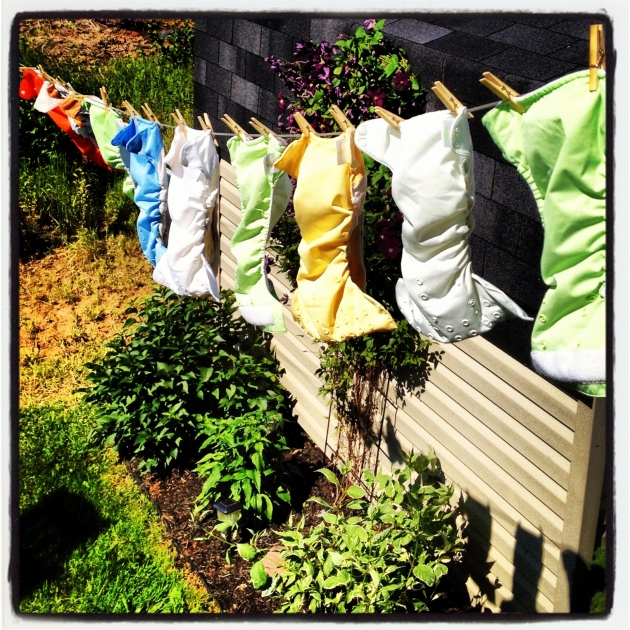



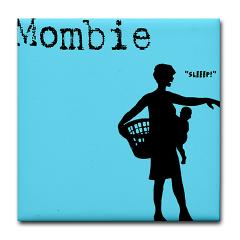

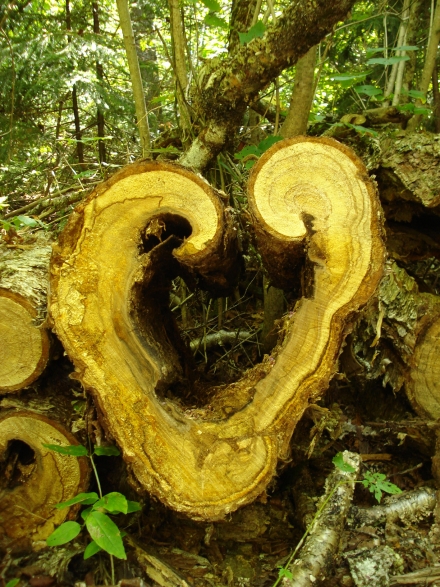
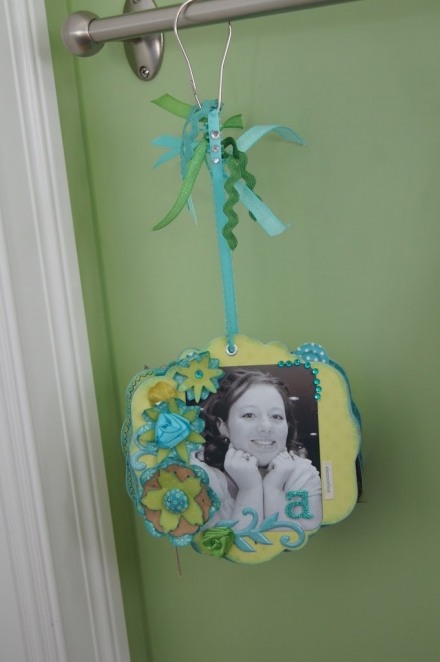
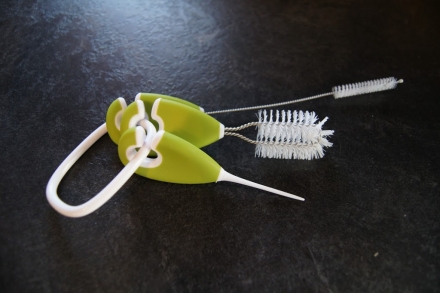
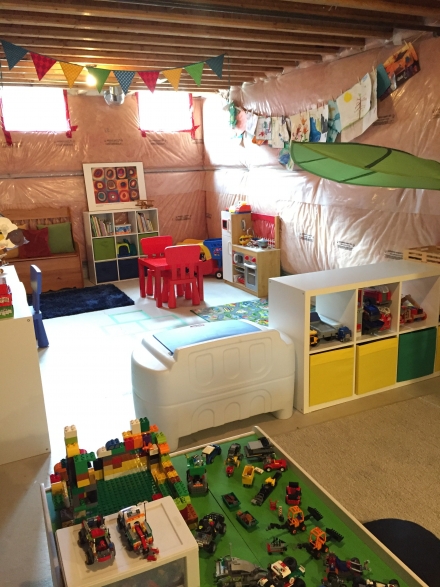
Wow, great review of cloth diapers!